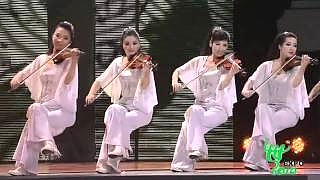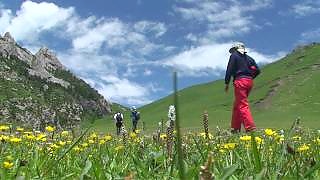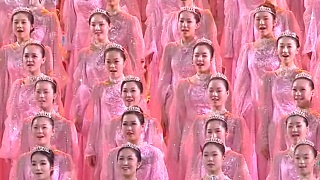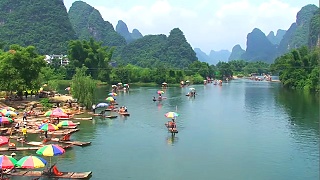
|
4-Week Food Tour of China
This itinerary covers a diverse range of regional cuisines in China, from the hearty flavors of Northern cuisine to the fiery spice of SiChuan, the delicate dishes of JiangSu, and the fresh seafood of Cantonese cuisine.
Week 1: Beijing and Northern Cuisine
Sample Beijing's famous Peking Duck at renowned restaurants such as Quanjude or Da Dong.
Explore the bustling Wangfujing Snack Street and try local street food delicacies like jianbing (savory Chinese crepes) and lamb skewers.
Indulge in traditional Beijing snacks like zhajiangmian (noodles with soybean paste), douzhi (fermented mung bean soup), and tanghulu (candied fruit skewers).
Week 2: Sichuan Province and Spicy Cuisine
Experience the bold and spicy flavors of Sichuan cuisine with dishes like mapo tofu, kung pao chicken, and hot pot.
Visit Chengdu's famous food streets, such as Jinli Ancient Street and Kuanzhai Alley, to sample a variety of Sichuan snacks and street foods.
Explore local markets like Jinli and Wuhou, where you can taste authentic Sichuan specialties and shop for spices and ingredients.
Week 3: Shanghai and Jiangsu Cuisine
Enjoy Shanghai's vibrant food scene with a mix of classic dishes like xiaolongbao (soup dumplings), shengjianbao (pan-fried pork buns), and hairy crab.
Explore traditional Shanghainese restaurants and local eateries in areas like Yuyuan Garden, Xintiandi, and Tianzifang.
Sample Jiangsu cuisine specialties like braised pork belly, sweet and sour spare ribs, and freshwater delicacies from the nearby Yangtze River.
Week 4: Guangdong Province and Cantonese Cuisine
Discover the diverse flavors of Cantonese cuisine in Guangzhou, known for its fresh seafood, roasted meats, and dim sum.
Explore local markets like Shangxiajiu Pedestrian Street and Guangzhou's Wholesale Food Market to taste a wide range of Cantonese dishes and snacks.
Indulge in iconic Cantonese dishes such as roast duck, steamed fish, BBQ pork, and shrimp dumplings.
|






 The BeiJing 2022 Winter Olympics Opening Ceremony
The BeiJing 2022 Winter Olympics Opening Ceremony










